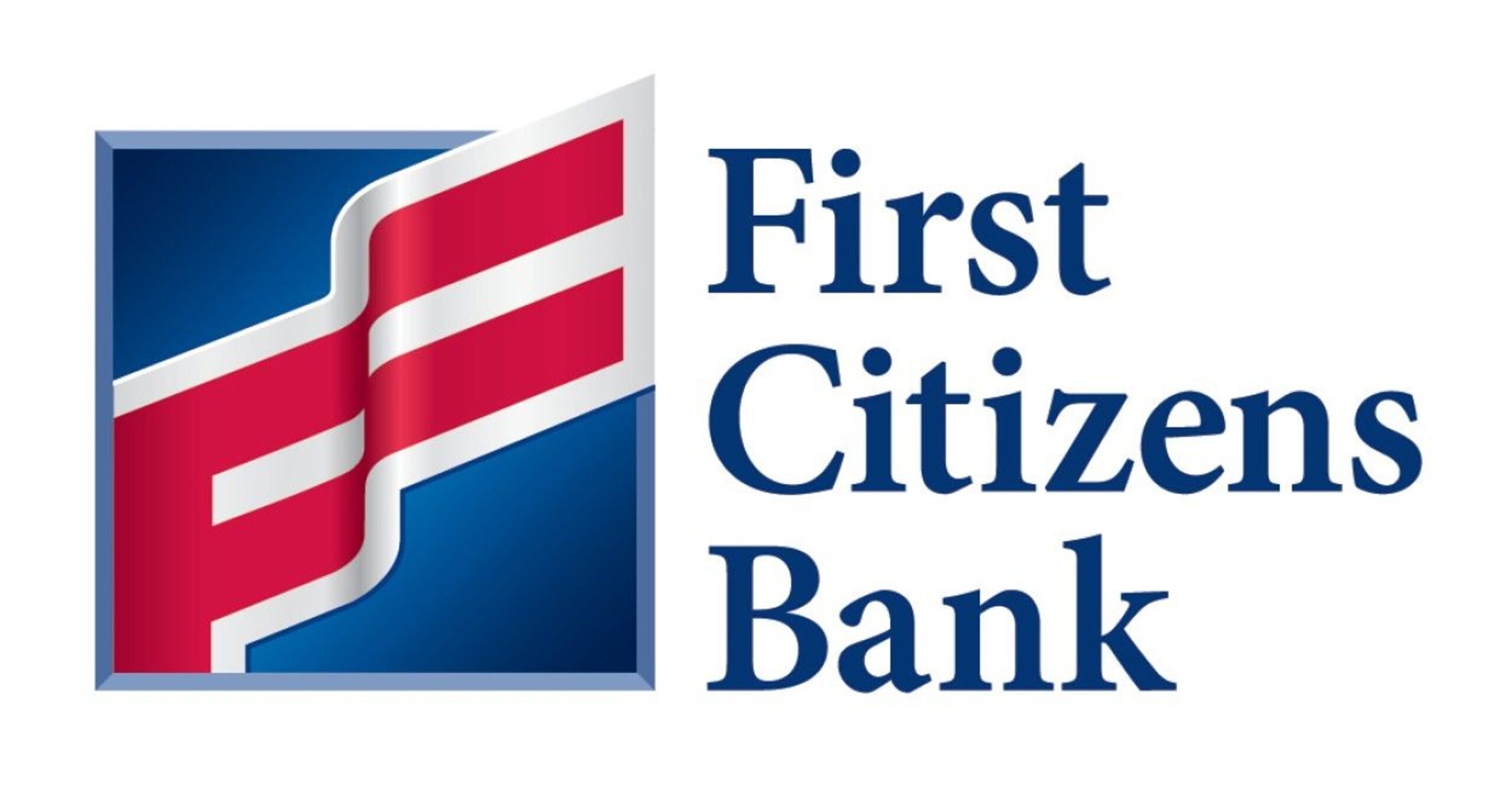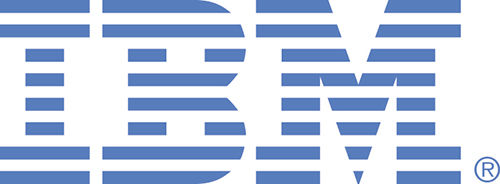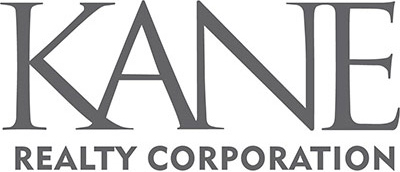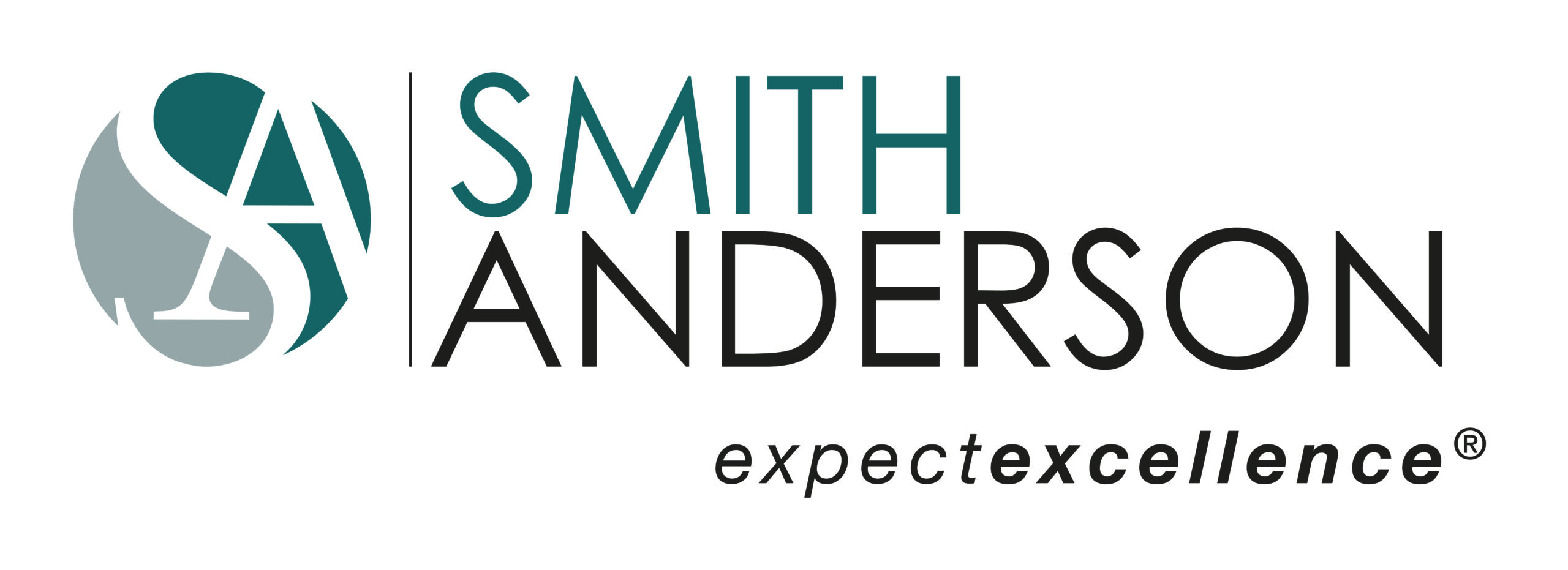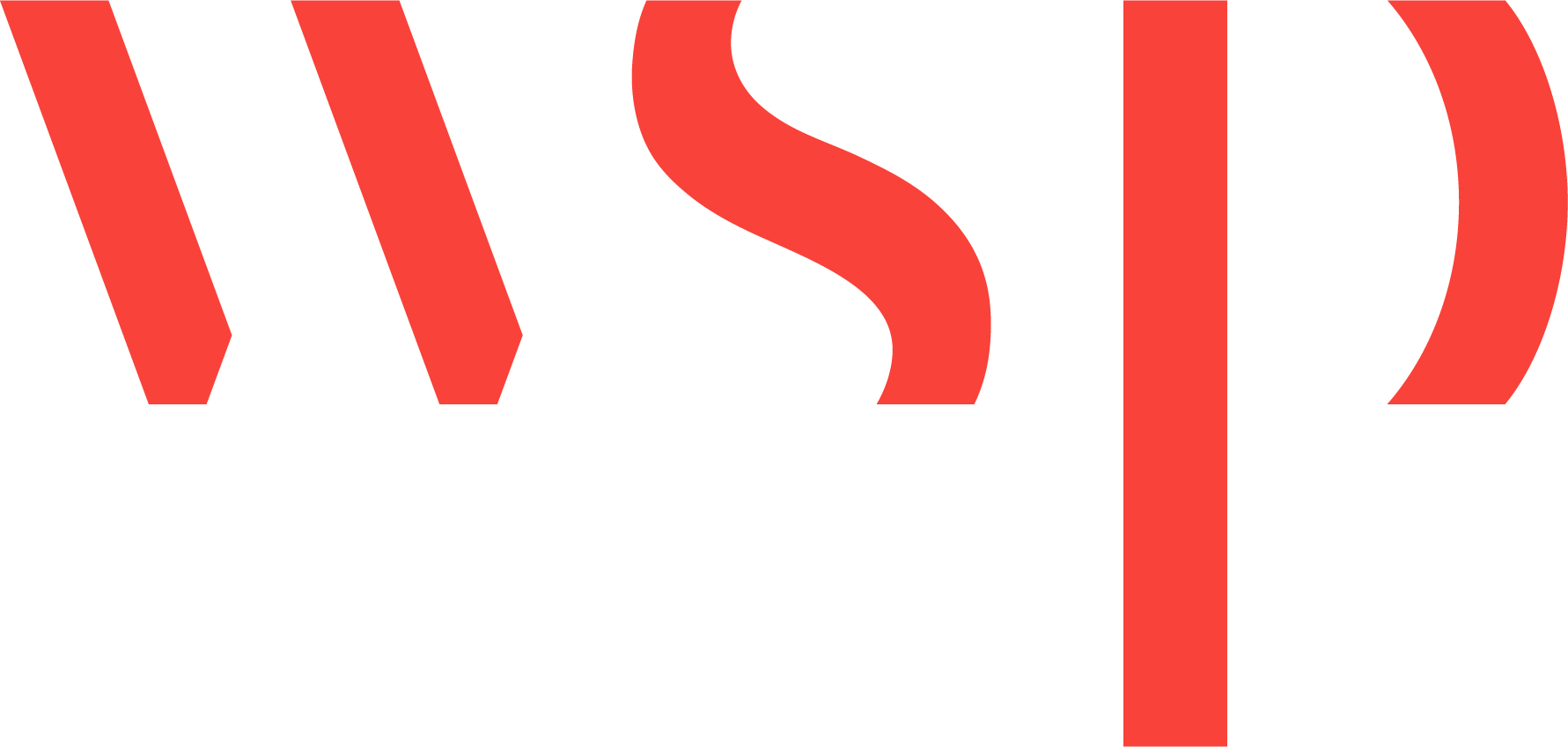Our transit priority lanes may be better off “RED” than dedicated – at least for now
- March 7, 2019
- Posted by: Joe Milazzo II
- Category: Blog, Thursday thoughts at 3

The regional business community, including the Regional Transportation Alliance, has been at the forefront of supporting the accelerated expansion of transit options in our region for many years.
When it comes to enhanced bus service, the next decade will be game-changing for transit here. The Triangle region will be adding more than 25 miles of bus rapid transit across five new corridors by 2027, with two BRT corridors opening within 5 years: Chapel Hill north-south BRT in 2022, Raleigh New Bern BRT in 2023.
In addition, Wake County is making a massive increase in its frequent transit network – from 17 miles in 2016 to more than 80 miles by 2027 – with weekday service every 15 minutes or better for more than 12 hours per day. And overall bus service in Wake County will triple within ten years.
Of course, we don’t just want “more” transit service in our region. We want enhanced, better service that will attract and serve more riders – connecting people to more and more opportunities as we grow.
In addition to increasing the frequency of service, and the extent of the network overall, what else should we do to enhance transit?
Logically, if we were to provide dedicated transit lanes wherever possible, that would help ensure frequent service and on-time performance for buses across the region.
Practically, even with our expanded network, the level of bus service will still not be super-frequent, so dedicated lanes would typically sit empty for much of the time – probably gathering both dust and political opposition from automobile drivers.
This does not mean we should avoid pursuing ways to make transit flow better, including reserved lanes. It means we should pursue a balanced, scalable approach that allocates lane space appropriately and transitions to more transit-focused uses, if and when transit ridership increases.
RED priority bus lanes
In the Triangle market, with our small but growing transit use and service levels amidst a dispersed, auto-dominated region, finding other complementary uses for priority bus lanes will be essential for building and maintaining public support, at least in the near-term. The “art” in this effort is to allow only those uses that will cause marginal net impacts to bus operations and that provide a more optimal use of the lanes overall.
In America, priority bus lanes are often painted the color red, including in New York, Washington, DC and San Francisco. Painting the lanes red — effectively laying out out the “red carpet” for buses — can also help reduce inadvertent or intentional lane violations by drivers, while conveying a sense of purpose and importance to all users that transit matters.
Many priority bus lanes in the United States also allow for some additional, limited access by other vehicles. Providing a clear pathway for first responders to get to an emergency is a common sense use. Allowing right turns can be a helpful use that likely can improve intersection operations and safety in many cases as long as vehicles must exit the lane by turning right at the end of the block. In the Pacific Northwest, priority bus lanes are sometimes called business access and transit (“BAT”) lanes since they also permit vehicles to briefly use them when entering or exiting driveways for commerce and other purposes.
With the exception of any regional bus rapid transit corridors where the dedicated lanes will be installed in the middle of the street, we recommend allowing all three potential complementary uses — right turns, emergency response, and driveway access — to use bus priority lanes here. For simplicity – and for consistency with the normal red color of transit lanes, both RTA and our Capital Area Metropolitan Planning Organization (“CAMPO”) have termed these dedicated bus lanes along the sides of the street as “RED” transit lanes, or simply “RED lanes”.
“RED” refers to both the color of the lanes, which designates transit priority, as well as the other permitted uses: Right turns, Emergency response, and Driveway access.
As noted by many others, the red color helps makes them self-enforcing and helps creates a culture of compliance. The red color also helps people “see” transit, and thus think of transit, more often, and that is a good thing, for both safety and ridership reasons.
Don’t let a desire for “perfect” preclude great RED lanes
A reasonable question might be this: Won’t right turns or driveway access and egress create some slowdowns for buses on occasion, compared to a fully-dedicated lane? Of course they will, and that is a limitation. A fully-dedicated lane would be more “perfect,” and if you can get it — and keep it — great.
But, if you can’t get a fully-dedicated lane approved and also prevent it from being repurposed back to general travel — and in an area with very limited current transit use, that is a real concern — then a lane that gives us 70-90% or more of what we want, that we can build, dedicate, and retain, is great. In fact, a RED lane that provides a high degree of transit priority is more “perfect” than a fully dedicated lane we either can’t actually get, or will otherwise end up giving back to mixed traffic once the inevitable opposition arises. And in all candor, that opposition would not unreasonable in the short-term, particularly if our frequency, ridership, or both are too low currently to justify a completely dedicated lane.
In fact, there is an even simpler way to get RED lanes moving. One could identify existing right turn lanes on corridors that have bus service, paint them red, ideally activate transit signal priority (“TSP”) to give the buses a head-start at the beginning of the signal phase (or hold the green longer), and call them “RED turn lanes”. This is about as close to a zero-cost RED transit lane you can have, and it will jump start the process of both favoring and highlighting transit nicely.
What’s happening now
The Capital Area metropolitan planning organization (CAMPO) has initiated a study of the potential for implementing RED transit lanes on sections of streets and roads in our region. The regional business community requested the study and we are active participants. RTA Leadership Team member WSP is serving as consultant for that study, and I participated in a coordination meeting earlier this week.
The regional business community has been advocating for the inclusion of RED lanes as part of our transit network for some time, we are excited about the potential of RED transit lanes in our community, and look forward to learning more.
Joe Milazzo II, PE
RTA Executive Director
post reference: th3.2019.10
RTA is the voice of the regional business community on transportation
www.letsgetmoving.org







